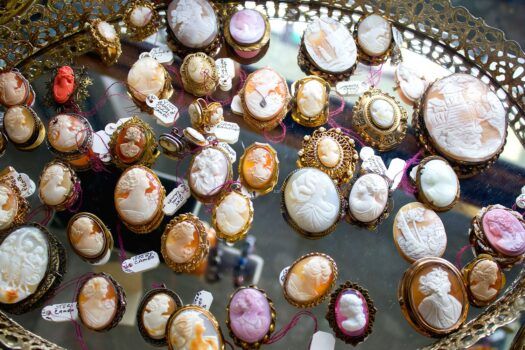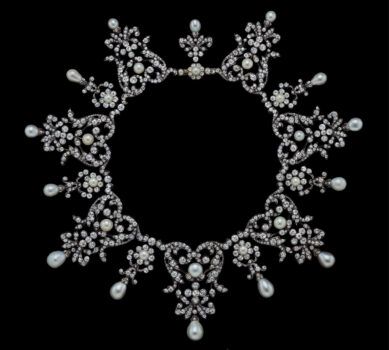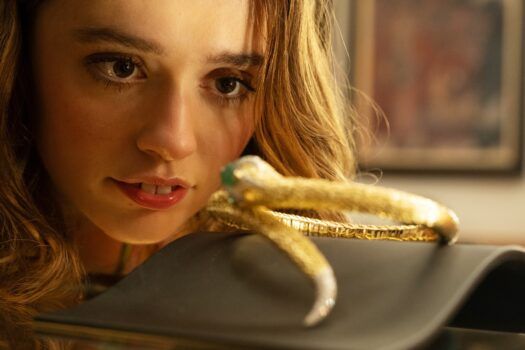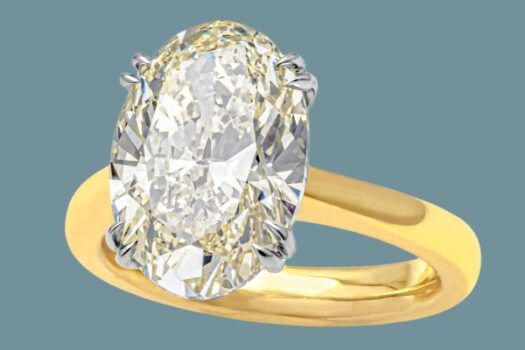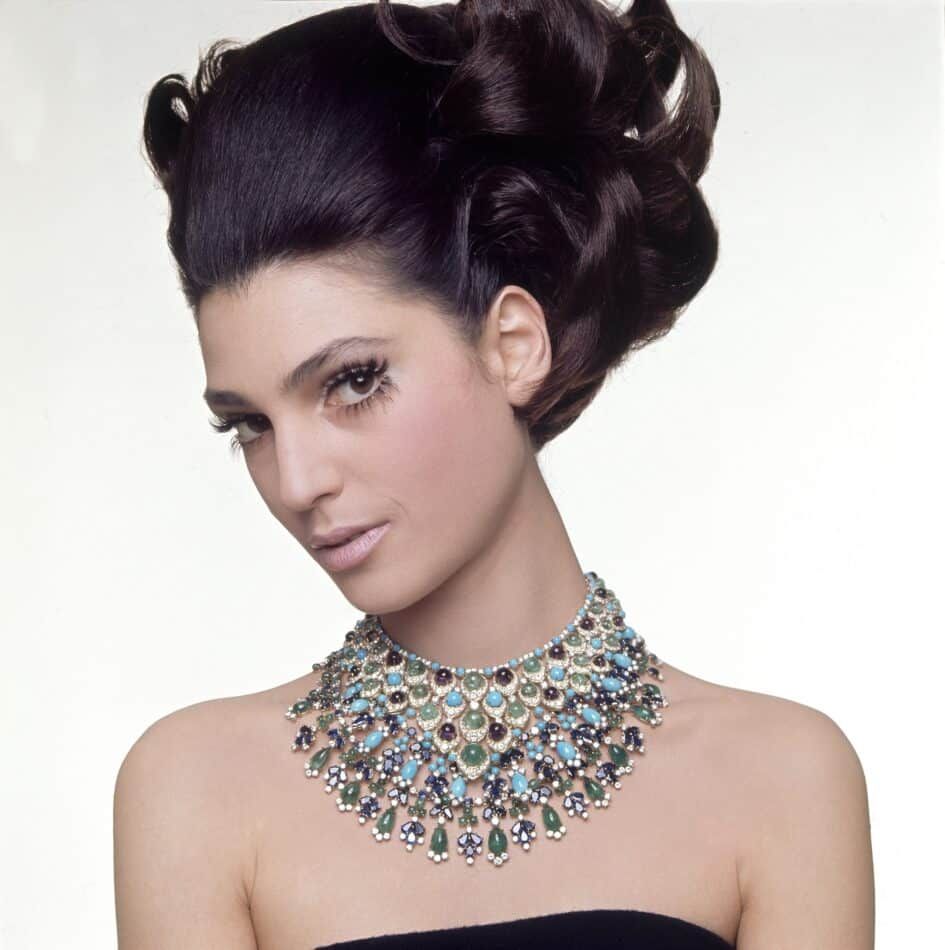
Asked to envision jewelry from the 1960s, your first thought might be of the love beads worn by hippies. And who can blame you? They were high-profile symbols of the era’s laid-back vibe. But the fine jewelry of the 1960s was also really something to, um, love. The most characteristic styles are filled with delicious candy-colored gems.
Like all great jewelry, the stunning ’60s pieces are reflections of their time. And this was the time of the Youthquake, a movement embracing free expression and characterized by a fascination with cultures around the world. These ideas percolated beyond college campuses and the street scene, influencing high fashion and fine jewelry as well.
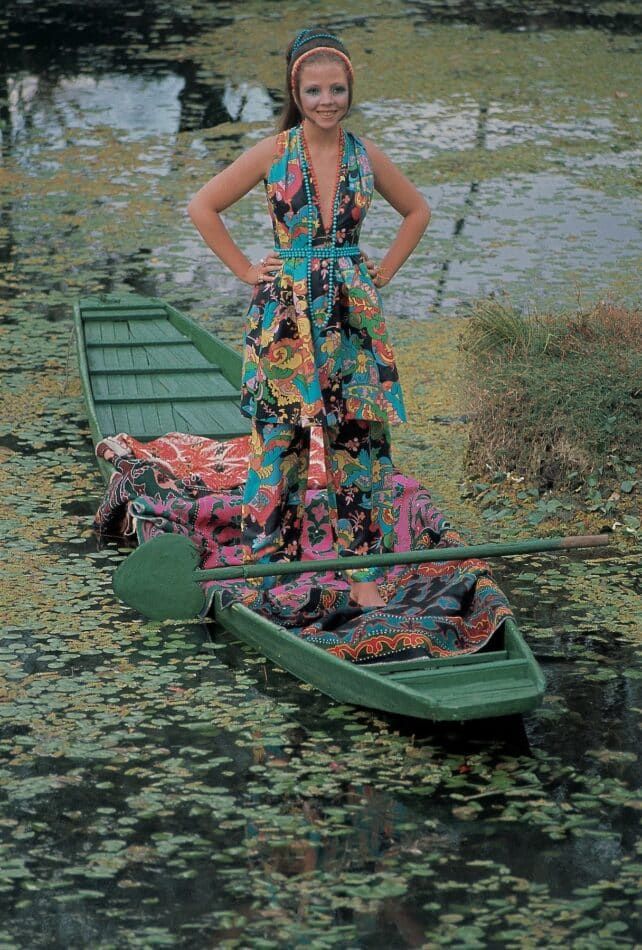
In fact, the term Youthquake was coined by Vogue editor in chief Diana Vreeland. Vreeland filled the pages of her magazine with visuals featuring models in vibrant clothes and jewelry and often sent fashion shoots off to faraway lands like Russia, Jordan and Iran. She did this to create cultural context and meaning. As she put it: “I had to have a point or I didn’t have a picture.”
The dispatch of a model, photographer and crew to prerevolutionary Iran in 1969 was the occasion of one of Vreeland’s famous staff memos on the subject of color: “It is important that you all know that this photo shoot is going to be in the ancient cities of Iran where blue is everywhere. Therefore, please order everything in marvelous blues, vivid blues, mixed blues, printed blues.”
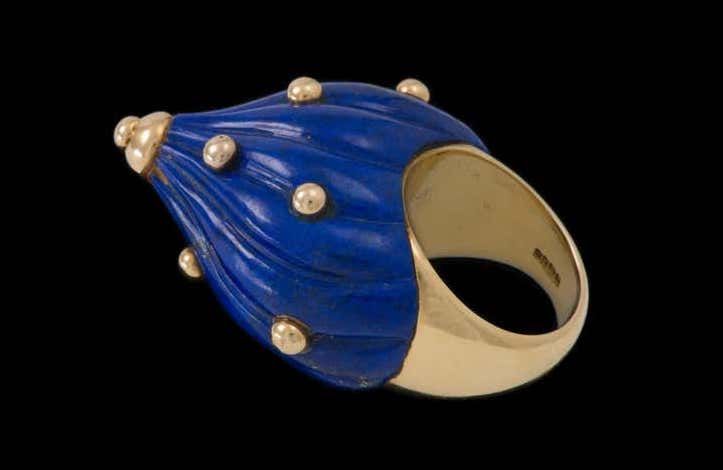
Among the blues captured in Vogue’s “Fashion in the Persian-Blue Gardens of the Sun” were lapis and turquoise, hues of two of the most popular gems in 1960s jewelry. Lapis lazuli, the finest examples of which came (and still come) from Afghanistan, was often carved into exotic shapes and incorporated in formal jewels or modernist designs. The sky-blue varieties of turquoise — sourced from Iranian mines and much finer than the rough Southwest U.S. stones, with their inclusions of black and brown matrix — were usually cut as cabochons. The opaqueness of the two stones brought a freshness to the diamond and gold designs in which they were set. Many pieces featured swirls and paisley shapes, a reference to ancient Middle Eastern motifs.
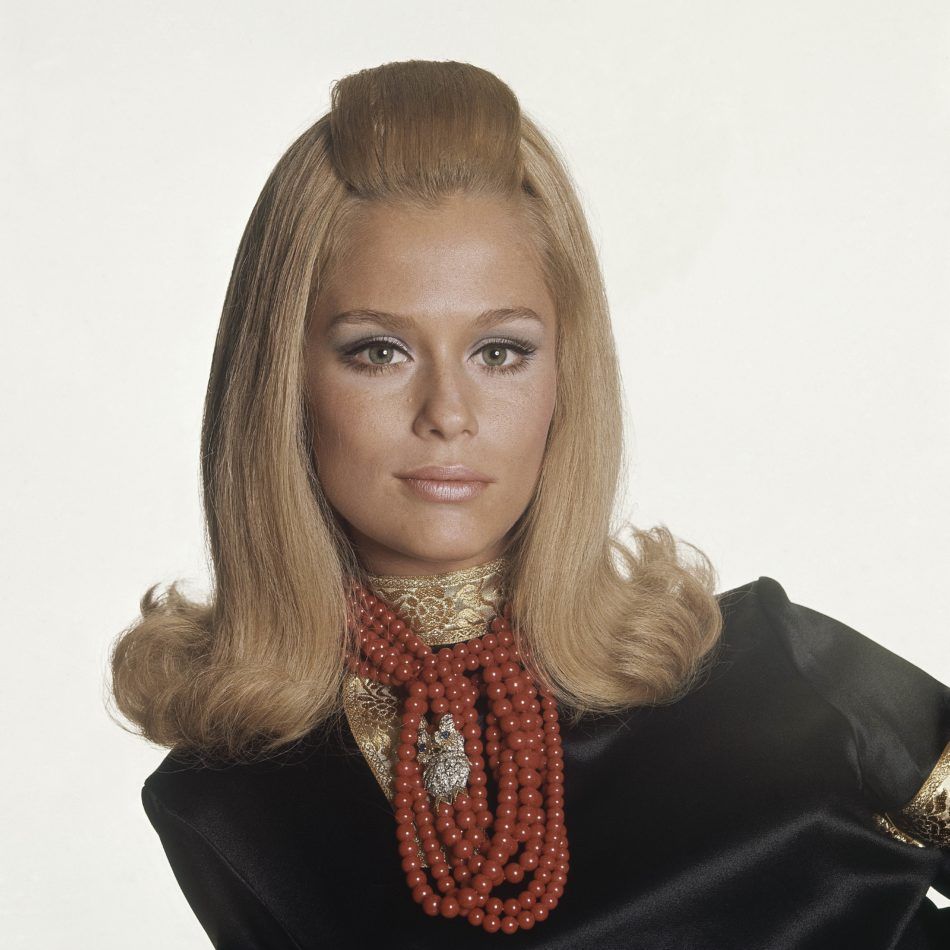
Coral was another opaque gem used in fine jewelry throughout the 1960s. Some pieces included antique Chinese carved-coral beads. The material’s different shades — from dark red to light pink (known as angel skin) — created different moods. For the November 1966 cover of Vogue, Lauren Hutton sported a Tiffany & Co. multistrand red-coral-bead necklace with a diamond-and-gold owl brooch pinned in the center. The look demonstrated that the gem had graduated from a mere summer accessory.
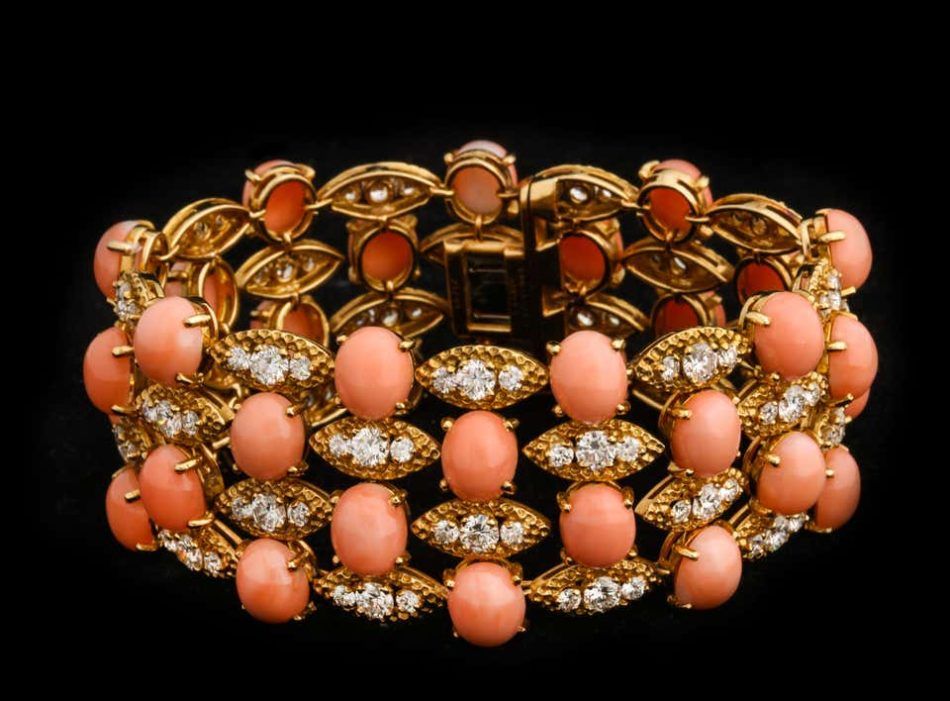
Mughal-style Indian jewelry was another major source of inspiration for 1960s designers, partly because of First Lady Jacqueline Kennedy’s 1962 glamorous trip to India, accompanied by her sister, Lee Radziwill. Carved emeralds and rubies were set into bold designs echoing the traditional motifs.
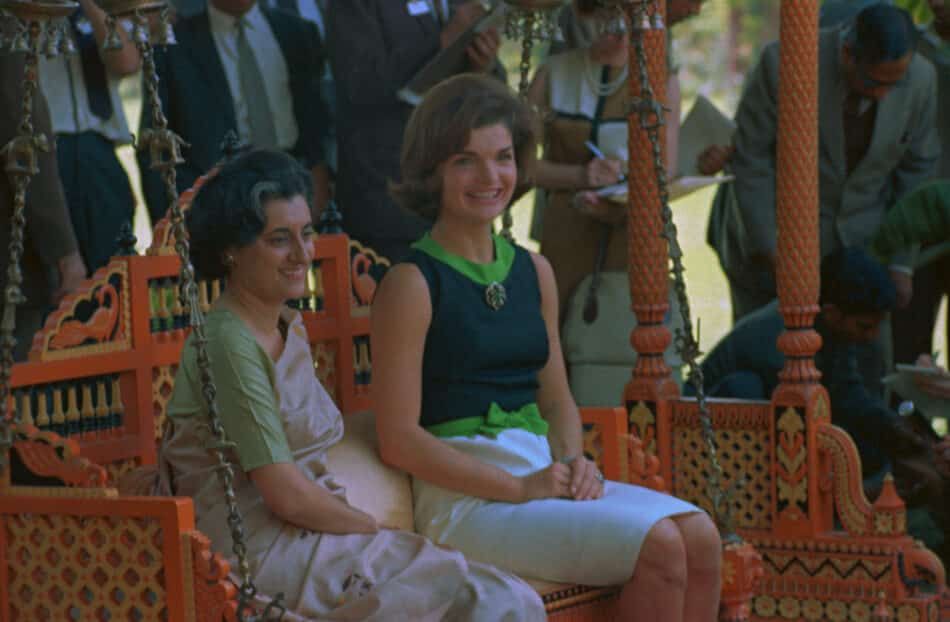
Some 1960s jewelers incorporated the colorful carved gems associated with Indian pieces into their own motifs, producing a sensational blend of East meets West. Designer Jean Schlumberger, a favorite of Kennedy’s and Vreeland’s, interspersed carved emeralds among diamond leaves on gold vines in a specially commissioned suite consisting of a necklace, bracelet and earrings.
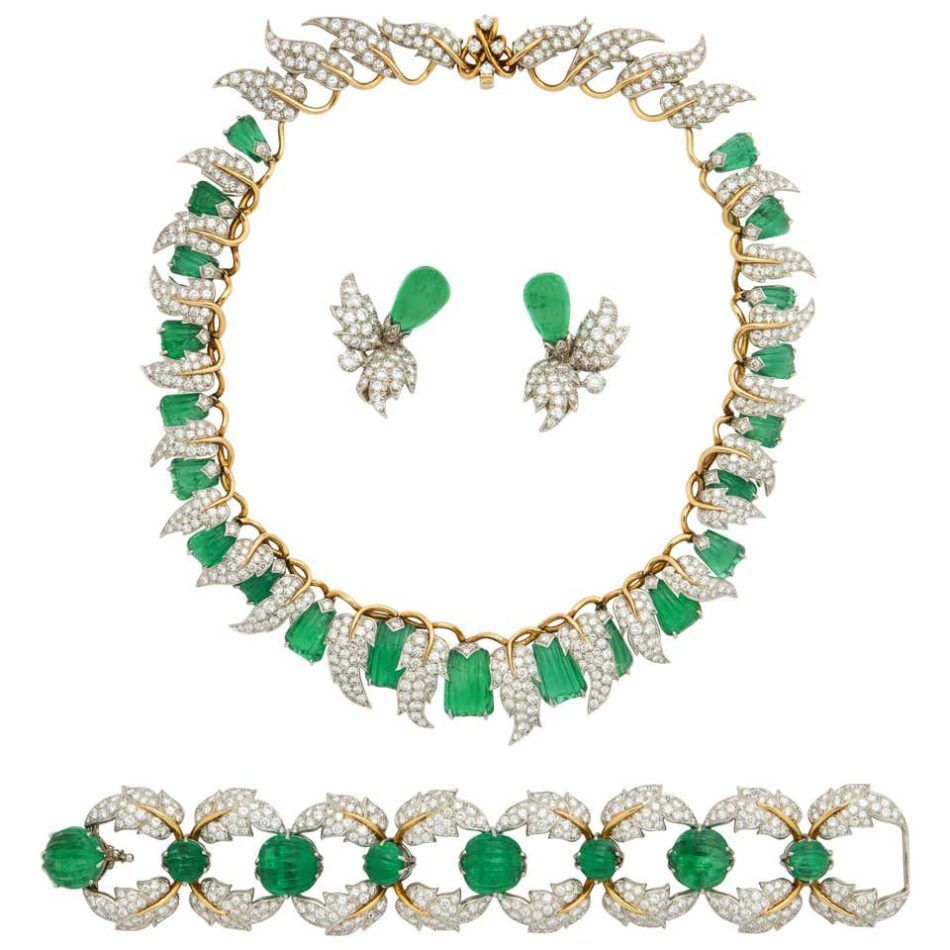
“This jewelry really shows the talent of Schlumberger,” says Ariel Saidian, of Joseph Saidian and Sons, which owns the set.
It certainly lives up to Vreeland’s description of the designer’s work: “It’s exciting,” she said. “A Schlumberger lights up the whole room!” In fact, her statement could be applied to all the colorful 1960s fine jewelry pieces. They would light up any room.





